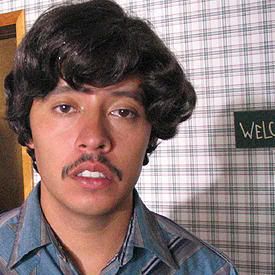 SOREVOLUTIONARY.CIALIST AND IRISH
SOREVOLUTIONARY.CIALIST AND IRISHJames Connolly the socialist and Irish revolutionary was born in June 1868. For a man so linked to Irish history, Connolly was born in Edinburgh, Scotland. The area he lived in was nicknamed ‘Little Ireland’ and was one of the city’s slum areas. His parents were originally from County Monaghan and their life in Edinburgh was hard. Connolly’s mother, Mary, died early as a result of the deprivation they faced. He had two brothers and no sisters.
James Connelly attended St. Patrick’s primary school until the age of ten when he left to become a printer’s devil, a bakery hand and a factory worker. The next big step in Connolly’s life was enlisting in the British army, in order to do that he lied about his age and falsified his name. Whilst in the army Connolly served in Ireland mainly around cork.
Here he witnessed how the Irish were treated not just by the army but also by the landlords who owned the land there. It was at this time that Connolly developed a hatred of landlords. It was also in the army he learned about Economics, History, Politics and Socialism. James became very interested in socialism and politics in general and after touring Scotland and America and Canada for his socialist party he came back to Ireland and became leader of the Independent Labour Party. James also set up the Workers republic union in1 1913 for workers rights.
In February 1915, "The Worker’s Republic" was banned by the authorities in Dublin Castle. In the same year, James Connolly was appointed acting General Secretary of the Irish Transport and General Workers Union. By now, Connolly had become very militant. He paraded units of the Irish Citizens Army in Dublin and such displays alarmed those who had left the Irish Volunteers and gone to the Irish Republican Brotherhood (IRB). They felt that such displays would attract the attention of the authorities which they did not welcome as they were making plans towards a rebellion. In an effort to bring on board Connolly and to tame his more wild displays of militancy, the IRB took him into their confidence. Connolly was told about the planned rebellion for Easter 1916. After this, Connolly took an active part in the preparations and he was appointed Military Commander of the Republican Forces in Dublin, which encompassed the Irish Citizens Army.
When the rebellion started on Monday 24th April, James Connolly was one of the seven signatories to the Proclamation. Connolly was in charge of the General Post Office during the rebellion, which had been used for the H.Q. of the rising. During the fight, Connolly was hit by shrapnel, resulting in a smashed ankle, despite this he still fought to the best of his ability.
Connolly was the last of the fifteenth rebels to be executed, the killing of an injured man resulted in the population in an outrages state and James Connolly’s status as a patriotic martyr was immediately secured.




